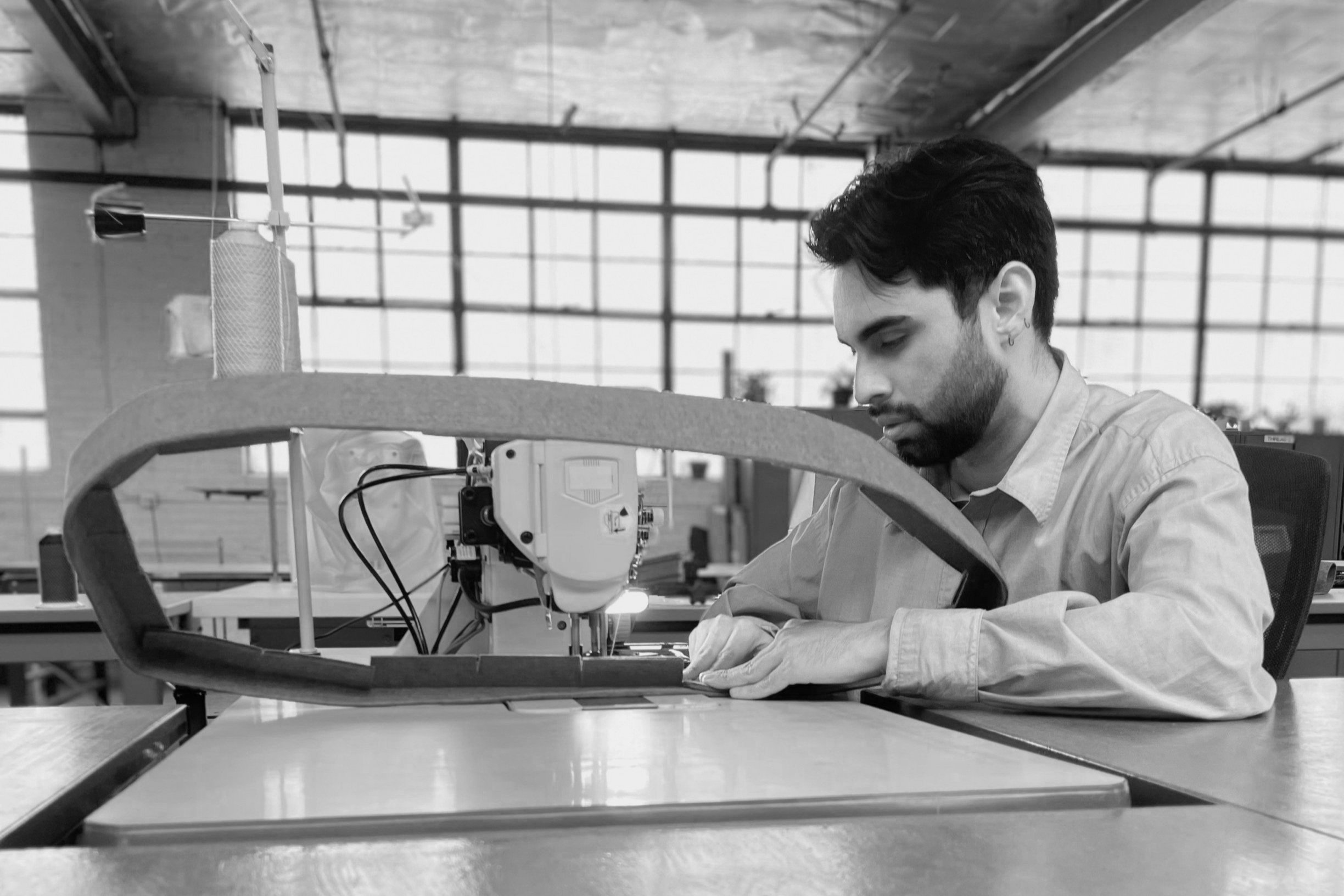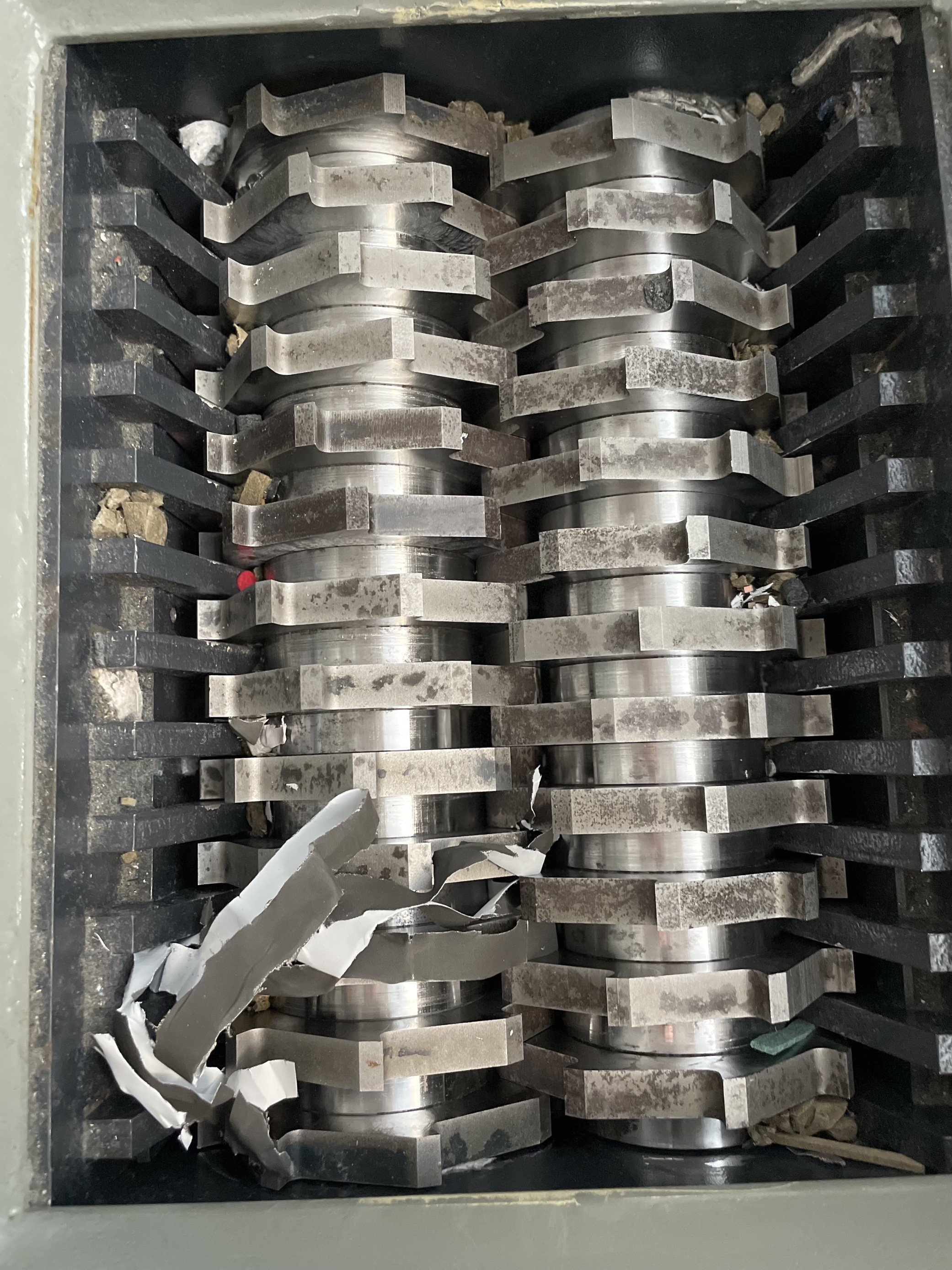What parts of the prototyping or order processes generally are the most time consuming, and why?
Salvador — For me, ensuring all edges and sewing lines are aligned continues to be time consuming. Even as the organization has evolved and the time it takes for certain steps in the prototyping process as been streamlined due to innovation – there is still tedious manual work involved to ensure precision. The technology is an incredibly helpful tool to us; but we are the ones closely managing the tools.








